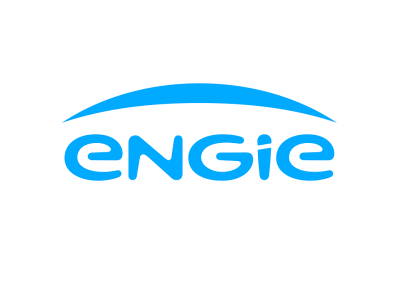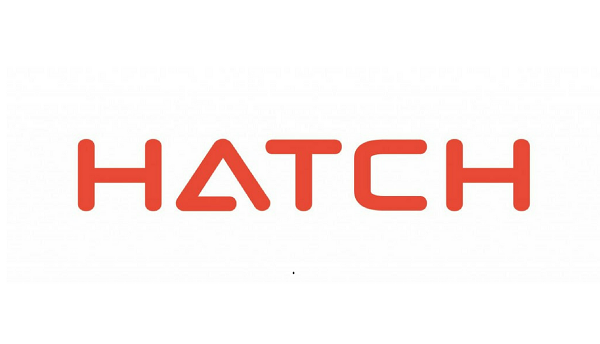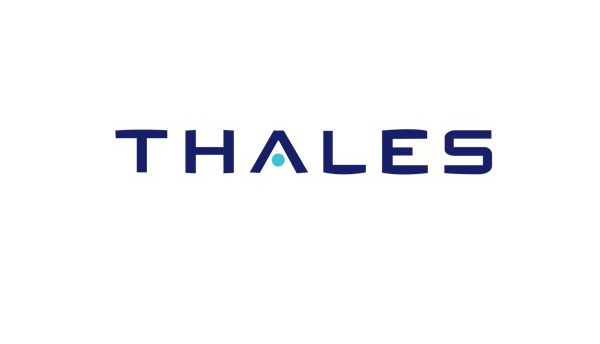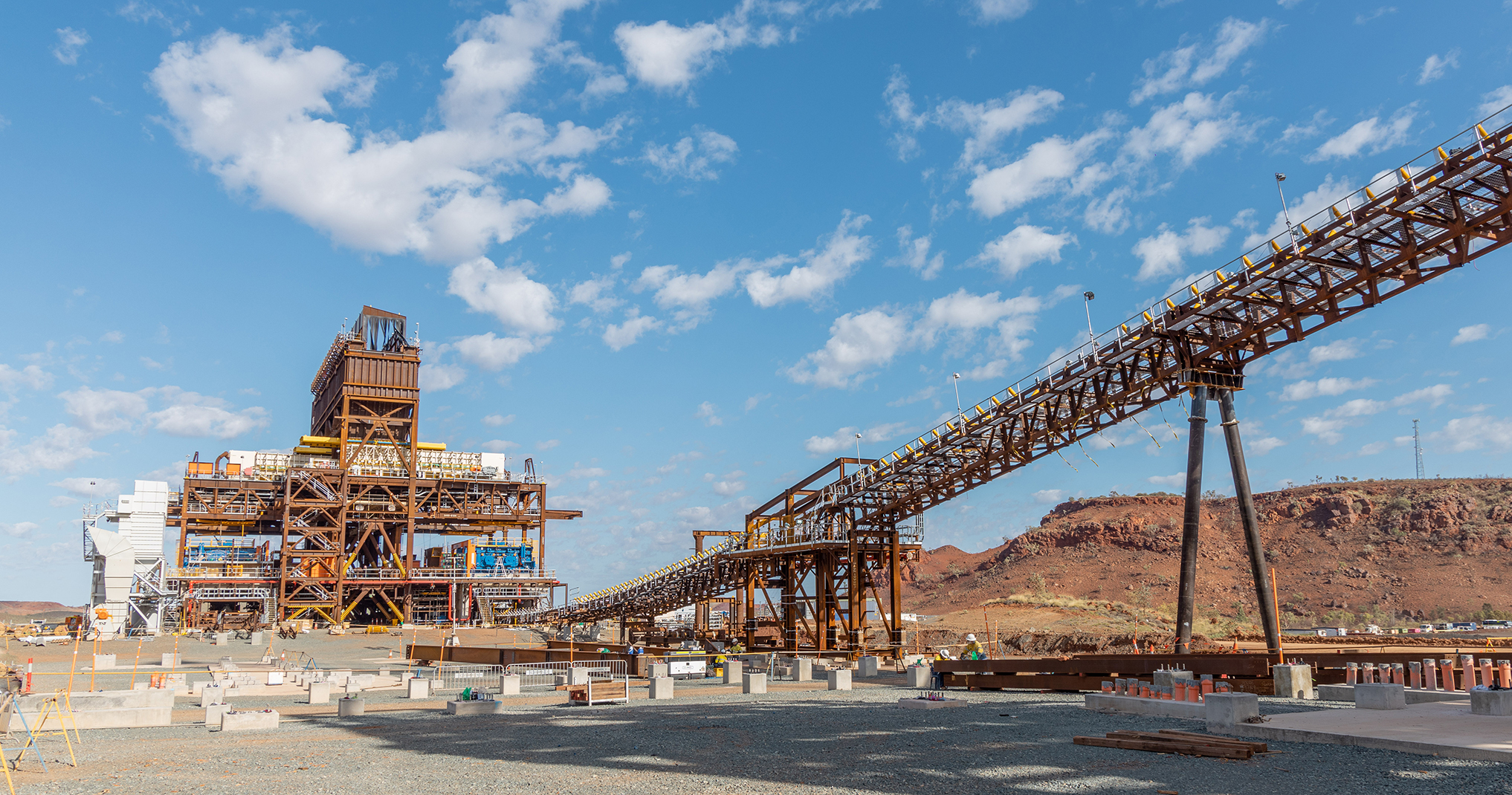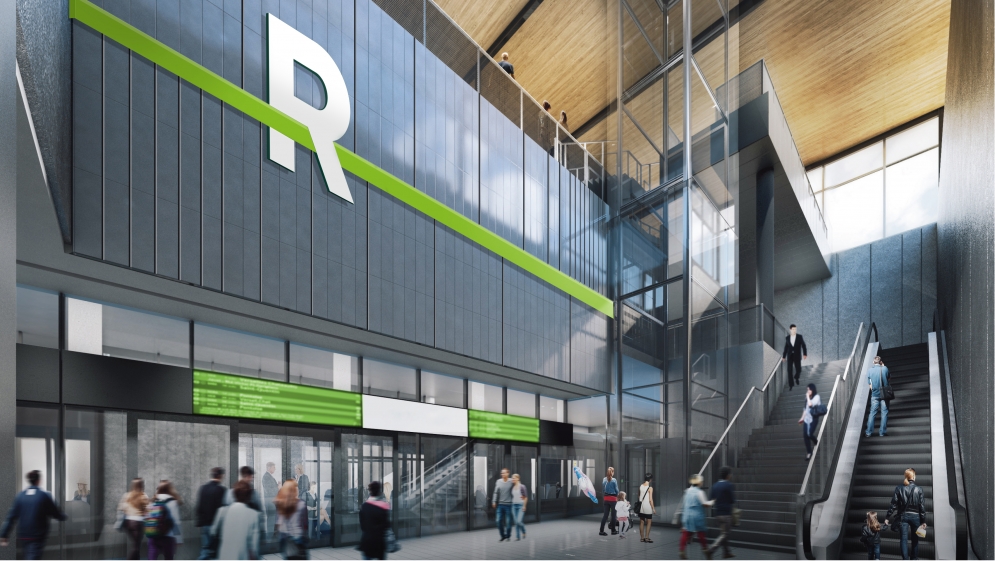
With its narrow, winding alleyways and street signs in French, the city of Montreal is unlike any other in North America. If someone was dropped in the city, they might just as easily guess that they’ve landed in a regional town in France as opposed to the heart of Canada. It is little wonder that the city has earned itself nicknames such as ‘the Paris of North America’ or ‘the city of a thousand steeples’ (endowed on it by none other than Mark Twain).
This quaint, regional French vibe doesn’t mean that the city is stuck in a time warp. Montreal also has a vibrant and buzzing side, making it one of Canada’s commercial centres. The addition of a major public transport project - the Réseau Express Métropolitain (REM) light rail network - will add to the city’s credentials as a thriving modern metropolis. Business Excellence decided to take a closer look at this exciting and transformative project currently underway.
Background
The city of Montreal already had a metro system for half a century when a light rail system was first mooted at the beginning of the last decade. In 2015, the provincial government announced a $7.4 billion fund which would be spent on infrastructure over the course of the following decade. The centrepiece of this investment would be a light rail system in the heart of Montreal - what’s now become known as REM.
The REM is expected to become operational within the next year and a half and when complete, will provide high-frequency light-rail transport services on a regional level. The centre of Montreal will become connected to the city’s suburbs like never before, linking the city’s central business district with its international airport and taking thousands of cars off the historic city’s roads every day of the week.
But most importantly, the REM light rail network will integrate with the airport and the existing metro, allowing arrivals at Montreal International Airport to reach the city centre within 25 minutes. Thanks to REM, a light rail train will arrive every two and a half minutes in downtown Montreal, giving passengers all of the benefits that they expect from a modern transport system including safety, free wifi, heating and air conditioning.
Once delivered as it is presently envisioned, the REM will include 26 stations spread across 67 kilometres in the greater Montreal metropolitan area. Including 15 stations towards Deux-Montagnes, 4 stations towards the South Shore, 4 stations towards Saint-Anne-De-Bellevue and 2 stations the airport. To put this in perspective of the impact it should make on the city - the entire metro network currently has 71 kilometres of track. The first tracks will be operational in 2021, with further tracks to become operational between 2022 and 2023. There’s even potential for the rail to extend into the greater province in the years ahead.
Social and Economic Contribution
In total, it is estimated that the REM will employ some 34,000 people during construction, making it one of the biggest employers in the region, for a brief period, at least. Its cost, of $6.5 billion, will almost all find its way into the local economy, meaning it adds significant value to an already confident economic region. When complete, despite being fully automated, the light rail system will bring an estimated 1,000 new permanent jobs to Montreal.
The project will also run through the western suburbs of Montreal - an area which has long been under-served by public transport. New residential construction is planned to open all along this part of the line when the project is completed, breathing new life into a part of the city which will welcome the new impetus. This is not to overlook the value which the transport will generate for housing developments already located near or along the light rail network.
Sustainable Credentials
The addition of light rail networks to the transport infrastructure of cities around the world has been a welcome one: Light rail has been shown to one of the most environmentally-friendly and efficient modes of transport and REM promises to be no different. As 100% electric and automated, its arrival should spell the end for thousands of polluting car journeys every day, with a total daily ridership of 190,000 people projected.
This is one of the reasons why the team behind REM believes that it will lead to a reduction of 680,000 tonnes of greenhouse gases (GHGs) in its first 25 years of operation. And although the construction phase will generate an excess of GHGs, REM will offset these gases by planting an extra 250,000 trees through the greater Montreal region. In addition, replanting of those trees which were felled during construction will occur at a rate of 110%.
Even more attention to environmental detail can be found in how REM promotes agricultural land, setting up an agricultural trust responsible for the Rive-Sud Terminal station, together with a future metropolitan agricultural park. This will aim to limit urban sprawl in the area. And underpasses have been developed to ensure that animals can cross from one side of the railway to the other in complete safety.
Universal Accessability
The interior and exterior of the metro was conceived and designed by Alstom. A team headed by Xavier Allard, director department of design at Alstom highlights the deeply human aspect that is present in the design and development of the metro. “Demanding mobility for all is something I have never seen at this scale with as much motivation and resources” said Xavier. Understanding that success depends on dialogue his team engaged key member of all segments of the society including key members of associations of people with functional limitations including motor, visual, auditory and intellectual limitation. These lead to an understanding of the true needs of people in these segments and an understanding that achieving universal access will enhance the experience of every one including pregnant women, children in strollers, elderly and even people with temporary limitations. This strategy is also implemented in the design and the development of the stations as well.
Partners and Suppliers
REM has involved a number of companies, both local and international, each bringing their own technical expertise. Foremost among these was the construction team at NouvLR, a consortium for CDPQ Infra. The provision of rolling stock and systems and operation and maintenance (RSSOM) concession was granted to Groupe pour la Mobilité des Montréalais (PMM), itself a joint venture between Alstom Transport Canada Inc. and SNC-Lavalin O&M Inc.
Engie North America was granted the contract for Engineering, Procurement, Construction, Test & Commissioning of the new Overhead Catenary System (OCS) on the REM Project in Montreal – a central part of the technology behind REM. The catenary system is the overhead cable network that feeds the electric trains with a direct 1500 V current and ensure that it operates stably and safely at all times.
Elsewhere, Geophysics GPR International Inc has been hired to monitor vibration during construction, much of which will be caused by the drilling of the Robbins Company, as it bores through till, mixed face conditions and limestone beneath the city of Montreal. Further monitoring will be provided by Solmatech Inc., a local Canadian firm which has over 30 highly skilled engineers working on the construction phase of REM.
In terms of materials, Groupe Carreaux Céragrès Inc is providing tiles, Guardian Glass Middle East & Africa will provide the glass, Atlantic Industries Limited has provided about 370 sections of Corrugated Steel Pipe, Canadian Precast/Prestressed Concrete Institute (CPCI) has provided precast concrete components. This work in tandem with welders provided by Rail Cantech Ltd., Geroquip’s drilling equipment, TBC Construction Inc., responsible for the above-ground electricity works at several of REM’s stations, and Reinforced Earth Company Ltd., in charge of wall designs and materials supply.
A Transport Project Befitting Quebec’s Metropolis
Many of the urban transport projects which Business Excellence has covered have long needed the relief that light rail brings to the congestion in their city. Montreal is not one of those cities: it has its congestion, of course, but nothing like that of the big cities in some of the developing countries that have been looked at within these pages. That is no bad thing: It’s better to invest in infrastructure before the need arises, rather than after.
The arrival of REM will make a welcome contribution to Montreal’s transport infrastructure: It has been planned to ensure that arrivals to Montreal Airport will enjoy prime views of this historic city, while arriving in the most technologically sophisticated and environmentally friendly mode of urban transport possible. Put this way, the REM would have been a fitting way for Mark Twain to mark his arrival in the city of a thousand spires.
DOWNLOAD
 REM-Oct-2020_0.pdf
REM-Oct-2020_0.pdf




